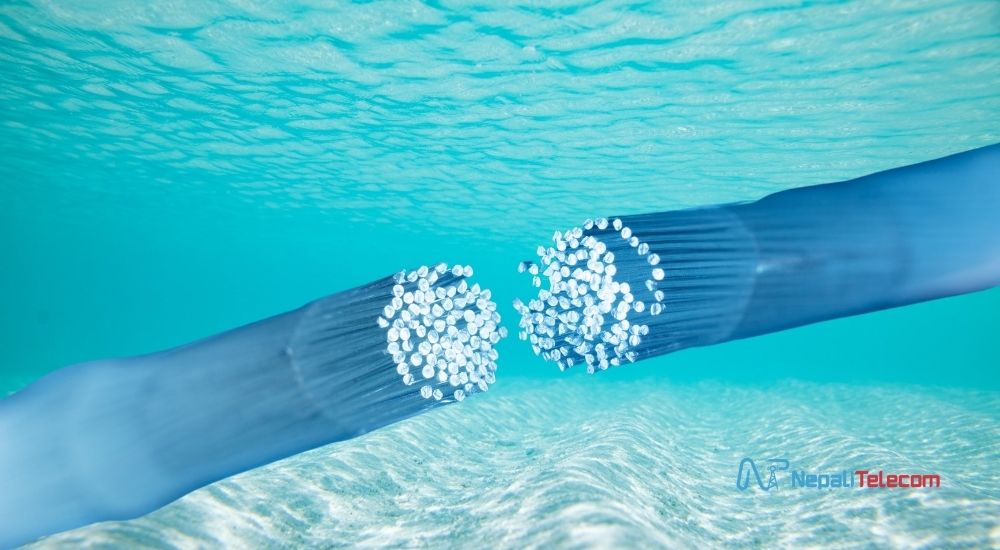Internet speed in Pakistan has slowed due to the fault in subsea fiber cables. People, in particular, witnessed the sluggish internet while browsing social media platforms.
The issue was evident when the internet users saw their social media loading slower such as on Facebook, WhatsApp, and other platforms. Meanwhile, the authorities in Pakistan have taken cognizance of the matter.
But the problem was not limited to fiber broadband-only.
“There were disruptions both on DSL as well on mobile data but for a few minutes,” Aamir Allawala, the chief executive officer of Tecno Pack Electronics, has informed.
Likewise, Pakistan Telecommunication Authority (PTA) released a statement confirming that the internet had suffered from submarine cable faults far from the country. The regulator’s notice confirmed that “two submarine cable cuts were reported earlier in AAE-1 and SEAMEWE-5 near Egypt.”
The lines through have come back to the operation but another cut in (India-Middle East-Western Europe) IMEWE near Italy is in restoration.
But while partial internet slow-down has occurred in Pakistan, telecom traffic has come back to normal. But the effect of the undersea cable cuts has not only affected Pakistan. It has impacted internet users in many countries.
Also read: Greece and Saudi Arabia to Lay Fiber to Link Europe and Asia
The subsea cables fault affected an entire region
As per NetBlocks, a global internet monitor, the subsea cables fault affected the internet in many countries. It says that parts of Asia, and Africa suffered the most.
“The outages were consistent with a disruption in international transits”, its statement said.
However, repair work has already started for many submarine cables including the Asia-Africa-Europe 1 (AAE-1). It is a 25,000 km submarine cable that connects countries from South East Asia to Europe. This cable system is responsible for connecting countries and regions such as Egypt, Hong Kong, Vietnam, Malaysia, India, Saudi Arabia, Italy, France, etc.
Similarly, South East Asia–Middle East–Western Europe 5 (SEA-ME-WE 5) is another subsea cable system to have come under effect. It is an optical fiber system that connects Singapore and France via telecommunications service. It is 20,000 km long and provides broadband internet with a capacity of 24 terabits per second.
The India-Middle East-Western Europe (IMEWE) cable is also going under a repair. It is 12,091 km long that links India and Europe.
Don’t miss: Subsea Fiber Cables Can Detect Earthquake Tremors
Calls for backup systems to cope with abrupt internet disruption
While internet users have noticed faltered speed, Pakistan’s telecom regulator PTA has not indicated the issue to be of a high magnitude. Experts though have warned, that’ repercussions’ could be on their way.
Noman Ahmed Said, the CEO, of SI Global Solutions, expressed his concern over slow internet in Pakistan due to the faulty subsea fiber cables. He said that working from home is a major trend in the country. Those could have suffered most by the subsea cable hurting their broadband experience. He added that students also require a consistent internet connection for educational purposes.
Ahmed urged that backup systems must be in place in cases such as this.
“We hope our tech teams are henceforth better equipped with the skill set required to tackle such calamities in the future and to ensure a reliable floating measure in place to sustain temporarily during the repair period in order to prevent any losses,” he said.
It is not uncommon to witness slow internet due to the issues in subsea fiber cables. Last year, Nepal also suffered poor internet speed due to issues in the international subsea cables system. However, a backup system in place could always compensate and avoid mass inconvenience coming from poor connectivity.
How long have you coped with an internet outage or slow connection? You can share your experience with us in the comments below.













